I'm working on a circuit which performs basic operations such as addition and subtraction using logic gates.
Right now, it takes 3 inputs, two 4 bit numbers, and a 3 bit opcode which indicates what operation to perform.
It seems that a 3-8 decoder would be a good idea here. This is my mockup!

To give a little more context, here is what my adder circuit looks like (+). I designed it to take two 4 bit numbers X & Y:

However, what I am confused about is the fact that I have to feed in 4 inputs or 4 wires to each of the circuit that handles it's respective operations (+, -, =, etc). It appears to only connect one wire to the circuit I need to get to. I need to actually connect 8 wires, as I have to feed in the to 4 bit numbers.
UPDATE: I ended up using a MUX to select the output that I want.
